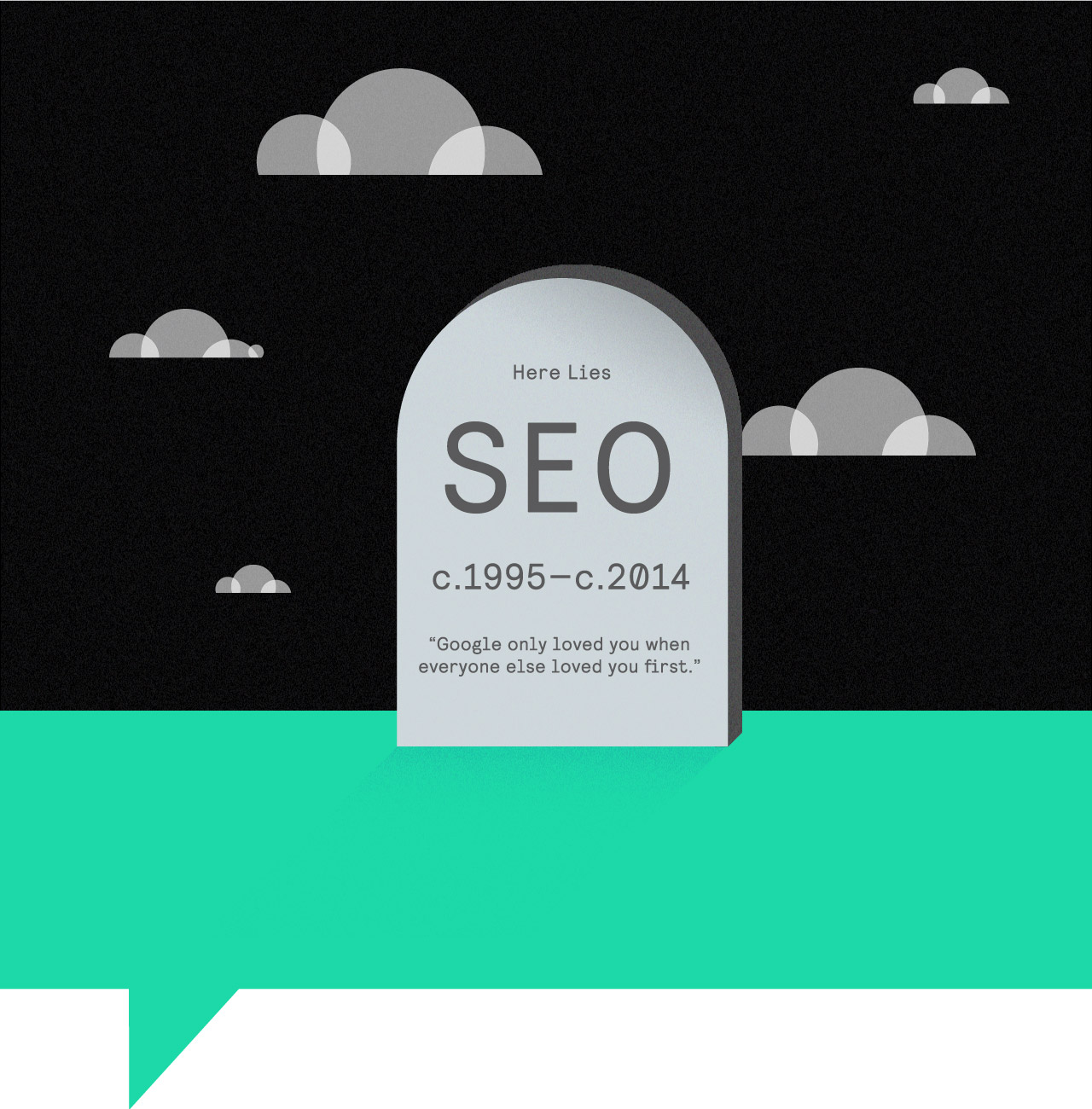Crafting a video strategy – balancing the art, science, + budget.
Video is an incredibly immersive communication medium. However, many companies are missing a clear video strategy and are failing to engage audiences.
A little while ago I finished a project with VisitDenmark, helping them develop a medium-long term video strategy across their digital marketing activities and channels. Drawing on the experience of this project, and a few others, here are some key considerations for any organisation looking to build a robust approach to video content for their marketing and communication activities.
A quick background (rant)
While video is an incredibly immersive and powerful communication medium — many companies appear to be missing some fundamental opportunities to tell more meaningful stories in more strategic ways, and as a result, are failing to successfully engage already distracted and jaded audiences.
Pushing the limits of creative story telling and execution is vital to successful video, but is by no means the whole story. Without strategic thinking and a solid foundation of process/planning to guide creative ideas, video (and content marketing generally) can often win the battle but lose the war by garnering initial attention but ultimately disappointing. And in some cases, a clever but ultimately ill-conceived piece of creative can actually end up doing more damage than good.
Precisely because video is so compelling, it is important to adopt approaches to content in holistic (rather than isolated/ad-hoc) ways and look across a range of different factors that contribute to successful video programs. Getting things wrong can be an expensive waste of both time and money, or worse. Getting things right can mean increased audience reach and discovery through search, social and other channels, and ultimately better conversion and engagement with the people that you reach. So no pressure.
So what to consider when developing a strategy for video?
While every video content strategy will be different depending on what you are trying to achieve, here are some things I believe you should always consider:
- Firstly, and while it sounds obvious, make sure your video has a point — not just a plot or a singular purpose, but rather a place in your communications and strategic objectives as a whole. No content we create as brands or as individuals is in a vacuum, so in the land of content, context is key.
- Use everything you know about your target audience to find focus content areas that bring together viewer-relevant subject matter with your core messaging priorities. Getting this right will increase audience connection and affinity with content and improve your chances of driving results. If you don’t have detailed audience profile information, start with some educated guesses that you can build on and work to improve over time.
- Remember that not all videos need to be high-gloss 60 sec TV-spots and different formats can be tailored to achieve different outcomes. Video’s expensive to produce, so making the most out of the assets you create by optimizing for different purposes and platforms will increase your chances of success.
- Be consistent with production and distribution frequency as this will help to set audience expectations around ongoing engagement. We’re geared to receive information regularly, and find rhythm easily (think appointment-viewing TV shows), so make sure that you’re strategic in your approach and frequency of delivery.
- Consider the ways that video content can be merchandised and promoted across the full range of channels available to you – Earned, Owned and Paid. Tailoring integration across existing customer touch-point (website, email, social media channels, search/SEO etc), as well as appropriate advertising and paid media, will help drive visibility and reach for your content. This is really important because even if you create the most amazing and compelling video, if people don’t find and engage with it, it is not going to return the results you want.
- Finally, the best way to learn in a fast-changing market is to track your progress and optimize. This means understanding what will be important to measure and making sure you set up analytics to monitor how you’re doing, and where you need improvement. Content analytics tools can vary significantly in sophistication and cost, but check out these good free and almost-free platforms if you are totally scratching your head about where to start.
Why are these factors so important?
While each video will always present its own set of challenges, without at least these considerations you run the risk of wasting time and resource on activities that don’t contribute long-term strategic value. As video becomes more accessible for organisations of all sizes and sophistication levels (as a result of both increasing audience demand and lower production costs), not observing them makes it harder and harder to stand out from the chaff.
Some fringe benefits?
One of the great things about successfully executing a video strategy is that the same lessons and structural approach can be applied to almost any content-led communication or inbound-marketing activities. Often the clients I work with are just taking their first steps into the complex and sometimes daunting world of digital and content marketing, and we generally see this as an opportunity rather than a handicap – there are fewer bad habits to overcome. While this can mean a steep learning curve may be involved, the need for digital transformation, adaptability and constant up-skilling are pretty much the inescapable facts of life in digital marketing these days.
Key takeaways
My final advice to any organisation or brand with regards to video content strategy is to:
- Have a clear idea about what they want to achieve from an end-outcomes perspective (rather than coming into the process with preconceived and ultimately meaningless goals like “going viral”).
- And to understand that as with any new process or strategy, finding the right approach for your company or brand takes time, resources and some careful trial-and-error, both creatively and strategically. Ultimately, if you are collecting and analysing performance data correctly, an iterative approach will teach you more and return more value than you could ever hope to get from going with the inflexible “tried-and-true” approach.
While these points may be oversimplifying a complex process, I have found that they help encourage clients to embrace a more robust and agile approach to both video content and digital marketing and communications generally, which is increasingly critical to success.
At the end of the day there is no ‘right’ answer or one-size-fits-all strategic approach to video content and depending on your marketing and communication priorities as an organisation, the important factors for your strategy will be different. So share your views on what is really critical to executing video successfully and let’s get a discussion going.



